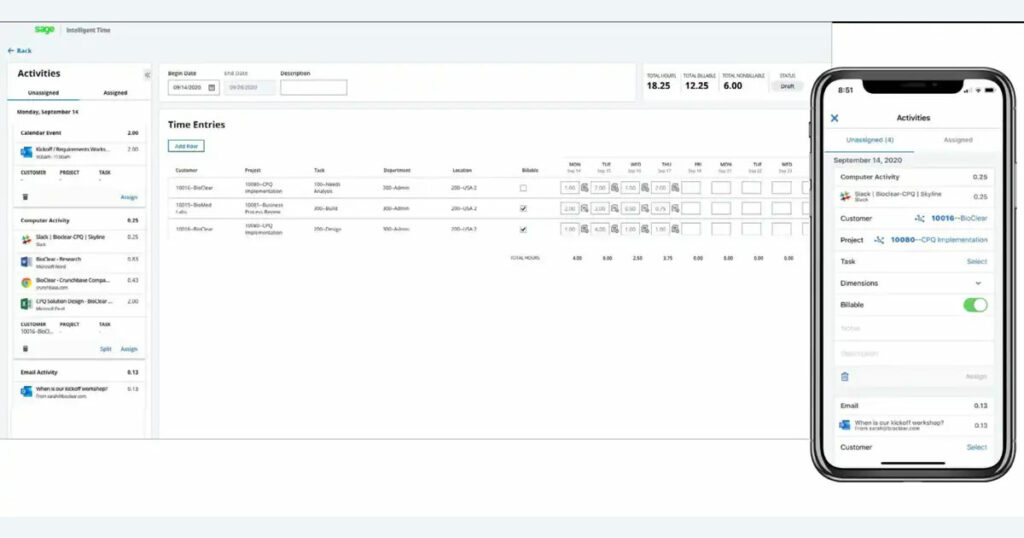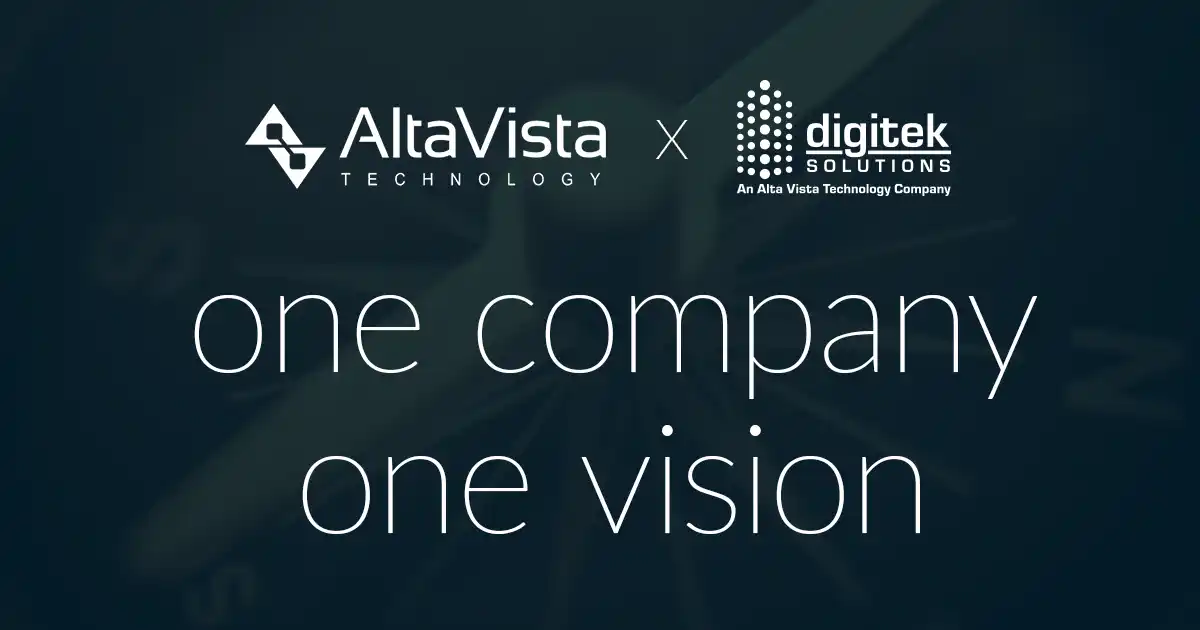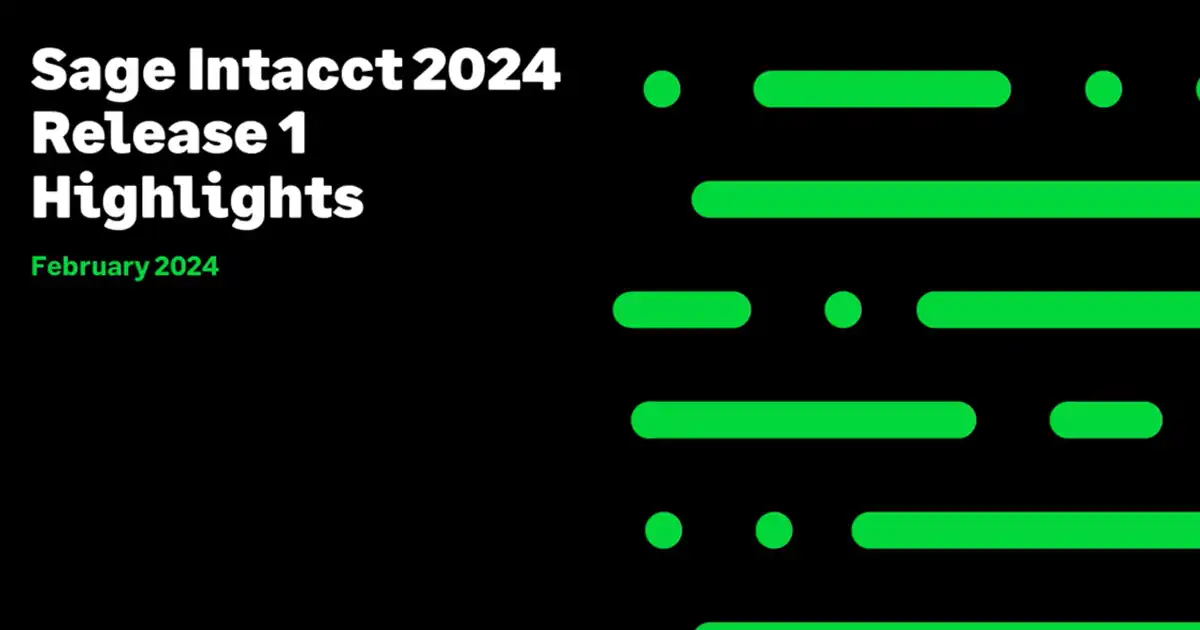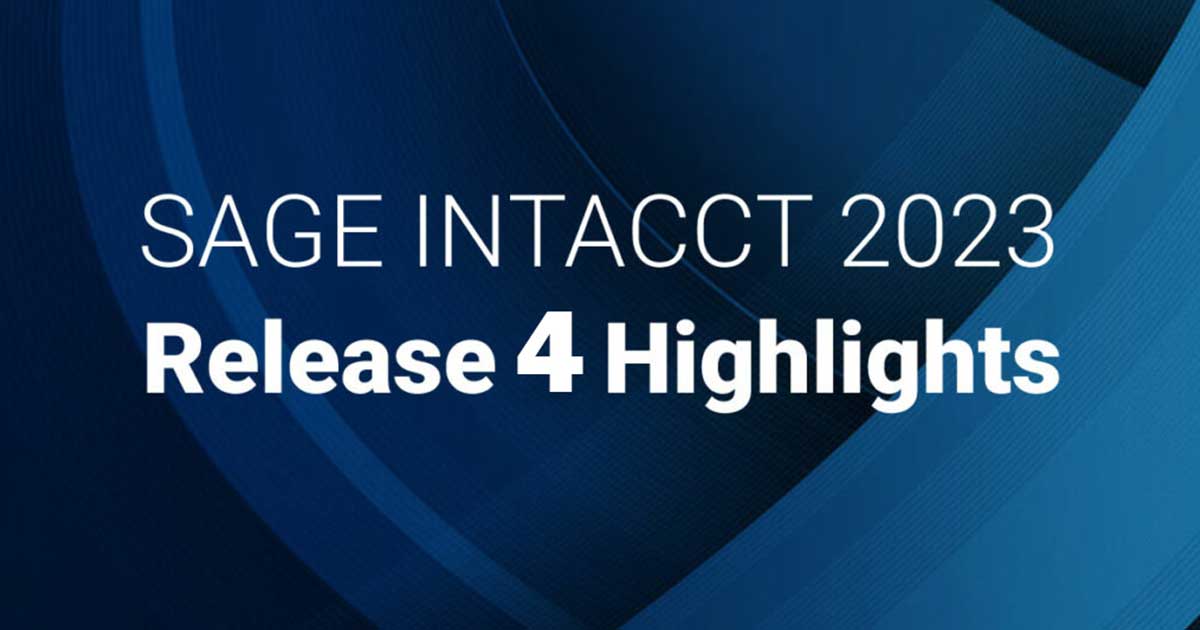According to an IDC analyst’s publication, professional service organizations seem to hit a wall on profitability that is often short of their potential. This phenomenon is incredibly pervasive across the industry. The cause is nothing surprising. You can ask any finance leader and they will tell you the same thing, ‘it’s the nature of the beast’ for project-based businesses. Over the years, technology has made strides in helping shore up revenue leakage, but there always remains a delta between what companies are achieving, and what their potential is. With the introduction of Artificial Intelligence and Machine Learning, we are finding that the ‘beast’ is tamable and maximizing profitability is within reach.
What are Artificial Intelligence (AI) and Machine Learning (ML)?
Artificial Intelligence is an umbrella term that can be defined as the pursuit of creating computer systems that are able to perform tasks that normally require human intelligence.
Under that broad umbrella term, you have different kinds of AI ‘technologies’, such as Machine Learning, which generally refers to the system improving by learning from the outcomes of previous actions. When you apply this kind of technology to multi-tenant cloud financial management, you end up with incredible efficiencies, predictive analytics, and automated tasks, unlike anything we’ve seen before.
How does AI help me solve inherent challenges with service-based business?
Let’s start with time. For service companies, the phrase ‘time is money’ is about as descriptive as it gets. Professional services are centered on people delivering the product of expertise and labor. Tracking time, therefore, becomes a never-ending strife for accuracy and detail. The cap on profitability is often found in time spent on non-billable activities, typically seen in utilization rates that can range from 90% to 70%, depending on any number of variables. Again, this is to be expected given ‘the nature of the beast’. This time is also lost due to the unrealistic expectation of employees remembering and accurately capturing all the billable work they do. Ad-hoc tasks, research, and working on multiple projects are just some of the ways billable work can slip through the cracks. It’s these cracks that lead to revenue leakage.
Sage Intelligent Time is a revolutionary new time entry system that leverages AI and ML for unprecedented accuracy. A virtual time assistant is provided for every employee, helping them reconstruct their work week in a way never before thought possible. Not only does this reduce the nonbillable time spent filling out a timesheet, it also lifts the veil on how they’ve spent their work week. Never before has a timesheet been this accurate. Employees can submit their timesheet with confidence that they didn’t miss anything. Even if the effort isn’t billable, by capturing it, you have the visibility you need to understand the true cost of your project efforts. This helps you make better staffing, pricing, and project management decisions.
What are the impacts of timesheet accuracy on the business?
Let’s start with companies that bill primarily fixed fee work. There is a tendency to take a more relaxed approach to time entry when you bill everything on a fixed amount and schedule. This can have brutal downstream impacts on profitability.
We bill our projects on a fixed-fee basis, so accurate project cost data is critical for us to understand how we’re performing and how to price future work. Getting dependable project labor costs can be difficult when our team is working on 10-15 different projects in any given week, often spending time on unscheduled tasks.
Sheri Petras, CEO and partner at CFI Group
Projects exceed time and budget
For active projects, a project manager is often required to make decisions about additional work that is out of scope of the original plan. If they are looking at a project status report (or invoice) for their decision making, they are undoubtedly going to believe they have more room for changes than they really do. Real-time project financial reporting is only as good as the data behind it. If you want your project managers to make financially sound decisions, you need to give them accurate data to base their decisions on.
Underbid on future work
After your project is complete and the financial performance is reviewed it’s easy to make the mistake of under reporting the cost. Whether it is from time that was forgotten, or time responding to a client about a change that was never implemented, the hidden project costs add-up, but don’t always show-up on a project report. Instead, you find it on the profit and loss report. Because your costs are not properly tracked, when you bid on future work, you inevitably underbid. Starting your projects off on the wrong foot and continuing to inaccurately track your time spent is a vicious cycle that eats your profit.
Substantial loss of revenue
For time and expense work, the impact is much more linear. If you don’t put billable time on your timesheet, it doesn’t get billed. It’s a direct hit to revenue. Many service companies would agree that their billable employees on average are likely to miss a half hour to an hour of potentially billable time every week. If they are billing at $200 an hour, that’s $10,000 a year for every employee. Do the math for your business, that is an eye-popping amount of lost revenue.

The Time Assistant reconstructs your professional’s activities for them and gets smarter every
time using artificial intelligence. The Time Assistant collects every minute for more accurate
project billing, profitability measurement, and resource management.
With Sage Intelligent Time you can eliminate this persistent, punishing challenge of time tracking accuracy and start optimizing your team’s performance. One of the common themes’ customers have noted with the time assistant is the amount of time they’ve spent corresponding with customers on changes that go nowhere and are forgotten when filling out their timesheet. Businesses are learning that what they thought were their most profitable customers, are actually draining their most expensive resources’ time with constant requests for small things that go unreported.
Perhaps the biggest impact AI powered time entry is having is the visibility into true project costs to more accurately bid future work. This is often cited as the biggest concern for businesses dealing with inaccurate time tracking. Starting off a project with a bid that is too low is often unrecoverable. Without the right level of insight into project costing, it’s impossible to get your head above water.
Bringing it all together
It all starts with the timesheet. With Sage Intelligent Time you can trust that the accuracy is there so your strategic planning is based on a foundation of reliable data. Of course, it’s still up to your team to consume and act on the data. We are really at the beginning of the transformation that Artificial Intelligence is going to provide. This transformation will help finance teams focus on strategy and growth, instead of administrative tasks and mundane processes.
This post was originally published on Sage.com.


